Midongsan Arboretum (미동산수목원)
0m 44652 2014-10-13
51, Sumogwon-gil, Miwon-myeon, Sangdang-gu, Cheongju-si, Chungcheongbuk-do
+82-43-220-6101
Opened on May 4, 2001, Midongsan Arboretum in Cheongju, Chungcheongbuk-do is a provincial arboretum, built to develop and propagate forestry techniques and found ecological education environments.
Covering an area of 3,114,049.60㎡ (942,000 pyeong), the arboretum houses almost 873 species of plants and 652,000 plants in 11 exhibition halls including an Oak tree hall, a Maple tree hall, and a genetics hall, which presents plant genetic resources like Jeongipumsong hugyemok (succession of pine tree).
In addition to the 11 themed arboretum halls, Midongsan Arboretum also has a forestry educational hall, plant seed bank, research center for wild plants, nature experience camp, and more.
Nangchugol Learning Park (낭추골 현장체험학습원)
5.6 Km 22542 2024-02-23
1890 Danjae-ro, Nangseong-myeon, Sangdang-gu, Cheongju-si, Chungcheongbuk-do
Nangchugol is a mountain village located in the eastern part of Cheongju, offering children the chance to observe and experience nature through play and a variety of activities. It boasts a goblin trail, four-season sledding options (grass sled, water sled, and snow sled), swimming pools, a nature learning center focusing on wild plants, valleys, and animals, a traditional game ground, an adventure playground, an insect experience center, and guided forest tours. Additionally, the village includes a campground for visitors.
Goesan Historic House of Song Byeong-il (괴산 송병일 고택)
7.3 Km 15837 2024-02-15
17 Cheongcheon 4-gil, Cheongcheon-myeon, Goesan-gun, Chungcheongbuk-do
This dwelling is a well-preserved example of a traditional Korean house built in the late 19th century, a relic from the era of the Joseon dynasty. It offers insight into the architectural design of the period as well as the domestic life of the Joseon aristocracy. The house also bears historical significance as the residence of the descendants of Uam Song Siyeol, a prominent Neo-Confucian scholar of the dynasty. The layout features distinct sarangchae (the men's quarter) and anchae (the women's quarter), with a gate and a storage facility for essential supplies situated between them. This set up offers visitors an authentic experience of the Joseon dynasty’s traditional household structures. Encircled by a tranquil forest, this old house transports visitors to a time long past..
Jwagusan Recreational Forest (좌구산 자연휴양림)
8.8 Km 18682 2021-06-04
107, Sotjeommal-gil, Jeungpyeong-gun, Chungcheongbuk-do
82-43-835-4551
Jwagusan Recreational Forest is located at the foot of Jwagusan Mountain (alt. 657 meters). The name of the mountain means a sitting turtle because of the shape of the mountain. The lush forest along the hiking trail offers a refreshing stroll through the woods and the nearby Samgi Reservoir adds to the picturesque beauty of the mountain on misty days. The forest offers easy access to many recreational facilities in the area including a resort village, Samgi Reservoir, a woodland park, and a mountain bike course.
Café Forecyan (카페 포레시안)
11.3 Km 0 2024-02-23
643 Sanseong-ro, Sangdang-gu, Cheongju-si, Chungcheongbuk-do
Café Forecyan is located near the Sangdangsanseong Fortress, renowned for being a pleasant drive away. This spacious bakery-café is celebrated for its picturesque pond photo spot and captivating ice fountain during winter. Guests can indulge in a variety of delicious options such as coffee, yogurt, ice cream, tea, and child-friendly drinks. The menu also features a Fruits Party platter with 5-6 different fruits, sogeum baguette (salted baguette), fruits pie, and cake, all popular among visitors. The café is surrounded by a lush front yard filled with grass and flowers, and a serene backyard adorned with birch trees and hydrangeas, offering splendid views for a delightful visit.
Chojeong Haenggung [Korea Quality] / 초정행궁 [한국관광 품질인증]
12.1 Km 8 2023-10-27
851 , Chojeongyaksu-ro, Cheongwon-gu, Cheongju-si, Chungcheongbuk-do
+82-43-270-7332
Chojeong Haenggung is a hanok stay and hanok experience center in Chojeong Culture Park, Cheongju, Chungcheongbuk-do. The house has a historic royal connection, as King Sejong stayed here for some months in 1444 while being treated for an eye problem. There are 12 guestrooms, all with an underfloor-heated ondol room and either a daecheongmaru (large wood-floored hall) or a numaru (raised wooden floor space). All rooms have a bathroom and toilet. Cooking is not possible, but there’s a microwave oven and kettle for preparation of instant meals. There are discounts for Cheongju residents.
Chojeongyaksu Mineral Spring (초정약수)
12.1 Km 23403 2022-07-29
Chojeong-ri, Cheongwon-gu, Cheongju-si, Chungcheongbuk-do
+82-43-201-2042
Located approximately 16 kilometers northeast of Cheongju City, Chojeongyaksu Mineral Spring is acknowledged as one of the three major mineral springs in the world. Chojeong Mineral Spring was discovered around 600 years ago and became nationally known ever since as the source of naturally carbonated water that has a piquant and cool taste. It is said that King Sejong (1397-1450, reign 1418-1450) visited the springs in 1444 and stayed here for 60 days to treat an eye infection. The daily yield of carbonated water here is 458 tons, which is used for producing natural soda drinks. There are presently two mineral water plant facilities in the area. The healing effects of Chojeongyaksu Mineral Spring are presumed to come from the abundant radium contained in the water, which is effective in treating eye infections and skin ailments.
Cheongju Sangdangsanseong Fortress (청주 상당산성)
12.2 Km 20976 2022-12-27
Sangdang-gu, Cheongju-si, Chungcheongbuk-do
+82-43-201-0202
Sangdangsanseong Fortress in Cheongju, Chungcheongbuk-do is a fortress built along the natural slopes close to downtown Cheongju. It was comprehensively improved in 1596 (29th year of King Seonjo’s reign) during Imjinwaeran (Japanese invasion of Korea in 1592) and later remodeled into a stone fortress during the 42nd year of King Sukjong’s reign.
This 4.2km-long, 3-4m-tall fortress was built with stones of various sizes, earth and sand. The fortress has three gates, located in the east, west and south respectively. The three gates remain almost intact, and all still have their gate towers. The front gate in the south, named ‘Gongnammun Gate,’ is crescent-shaped while the East and West gates are square. The East and West Command Posts also stand within the confines of the fortress itself. This fortress was designated as Historic Site No. 212 in 1970. Additionally, visitors can sample Jujube Wine (Korean traditional wine) as well as a variety of local cuisine.
Hwayang Valley (Hwayangdonggyegok Valley) (화양구곡 (화양동계곡))
12.9 Km 9826 2019-11-06
78, Hwayangdong-gil, Cheongcheon-myeon, Goesan-gun, Chungcheongbuk-do
+82-43-832-4347
Hwayang Valley, located 32 kilometers east from Cheongju, was designated Songnisan National Park in 1975.
The vivid green mountains and clear waters make it a highly sought after tourist spot. The nearby Seonnyudonggyegok Valley, just 7 kilometers away, is also a huge draw for travelers.
Hwayang Valley is composed of various shaped rocks such as Cheomseongdae Observatory, Neungundae Observatory, Waryongam Rock and Eupgungam Rock. Well-known statesman from the Joseon Dynasty, Song Si-yeol, visited the valley and wept for King Hyojong offering his final bow. This rock where he cried was then named Eupgungam Rock meaning ‘crying bow’ Rock. Waryongam Rock gets its name from its shape, which is said to look like a wriggly dragon. Cheomseongdae Observatory was used in order to forecast weather patterns.
Cheongju Zoo (청주동물원)
13.4 Km 62311 2024-02-22
224 Myeongam-ro, Sangdang-gu, Cheongju-si, Chungcheongbuk-do
Cheongju Zoo houses mammals, birds, and reptiles as its main attractions, featuring iconic animals such as tigers, lions, elephants, giraffes, zebras, penguins, seals, and monkeys. Visitors can engage in animal classrooms to learn about the ecology and characteristics of various species. Guided tours by zookeepers offer insights into wildlife ecology and unique stories exclusive to Cheongju Zoo.
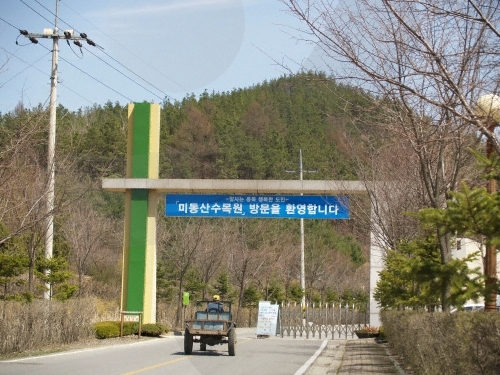
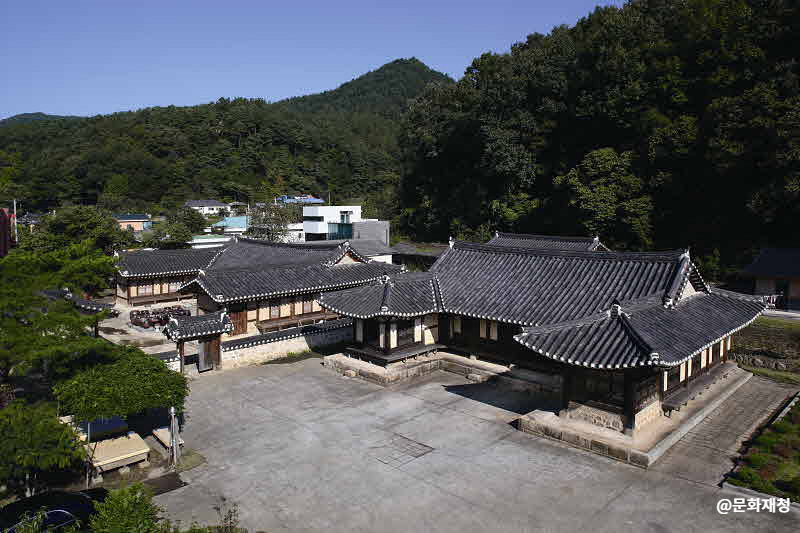
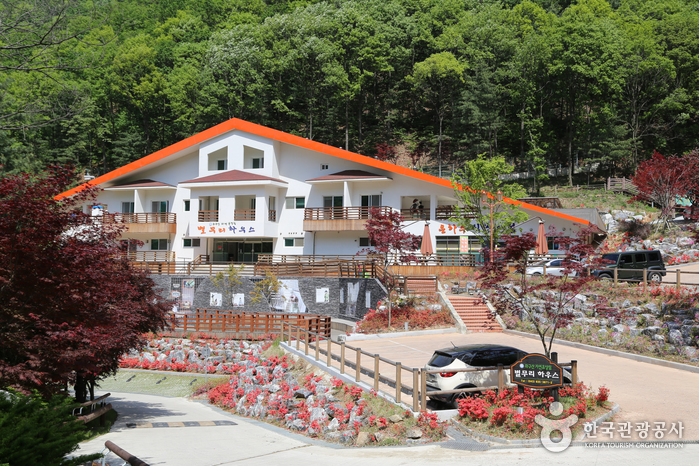
![Chojeong Haenggung [Korea Quality] / 초정행궁 [한국관광 품질인증]](http://tong.visitkorea.or.kr/cms/resource/20/3021620_image2_1.jpg)
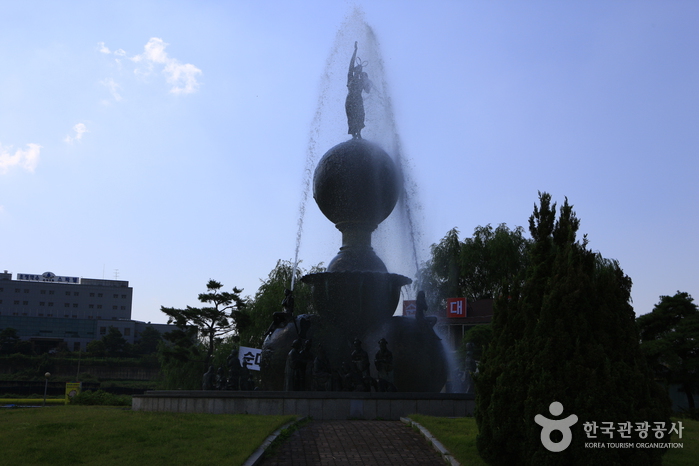

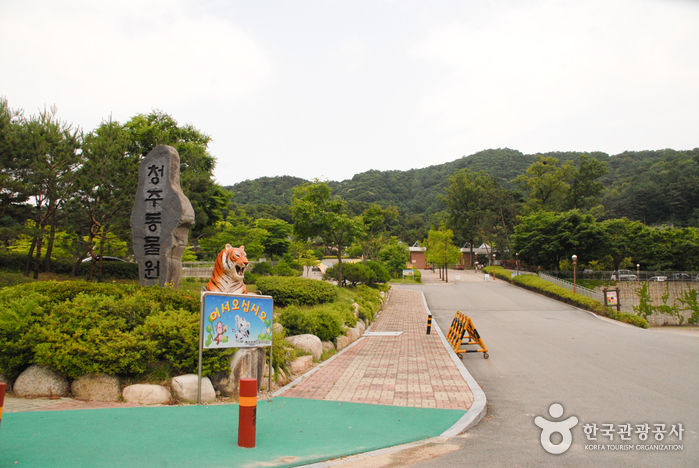
 English
English
 한국어
한국어 日本語
日本語 中文(简体)
中文(简体) Deutsch
Deutsch Français
Français Español
Español Русский
Русский